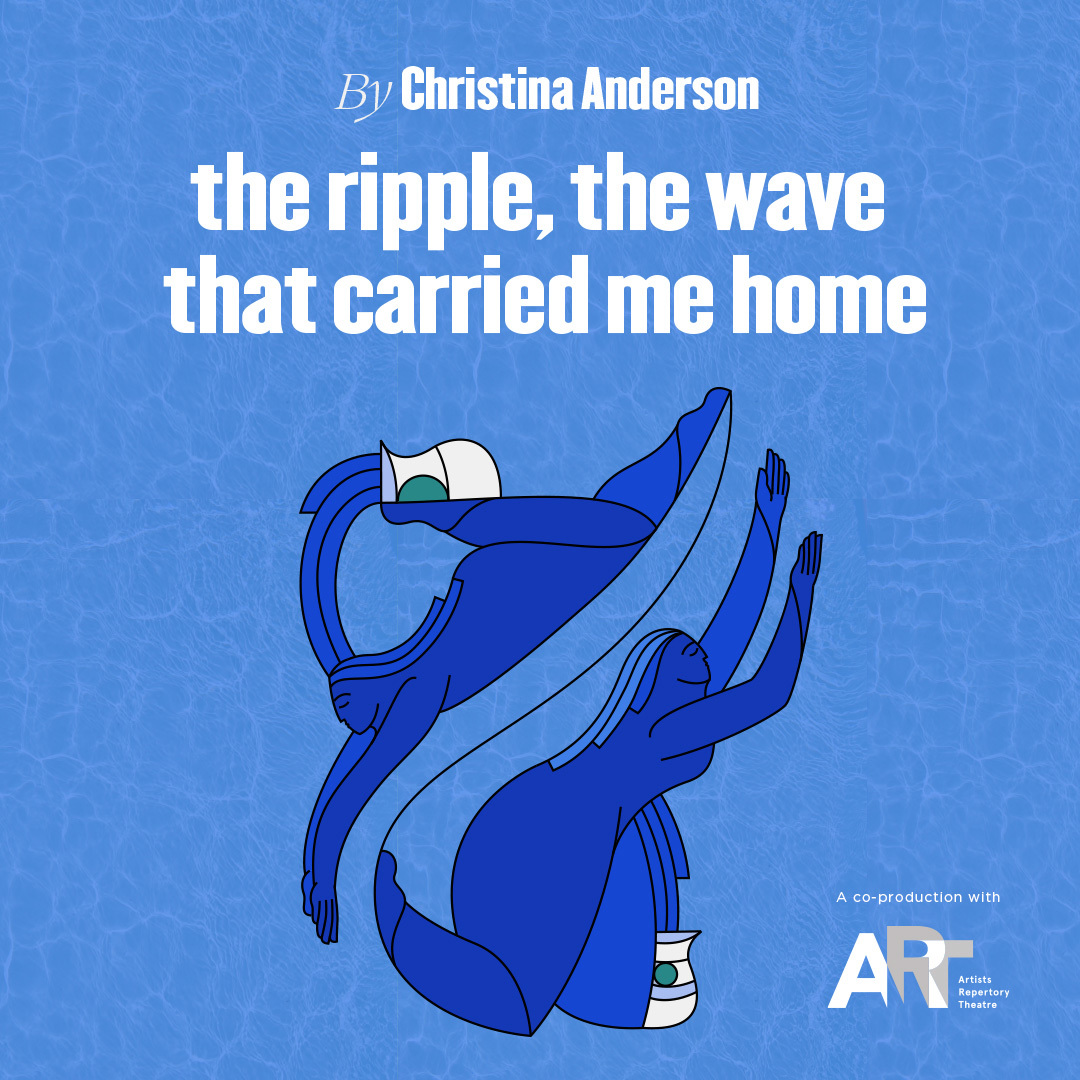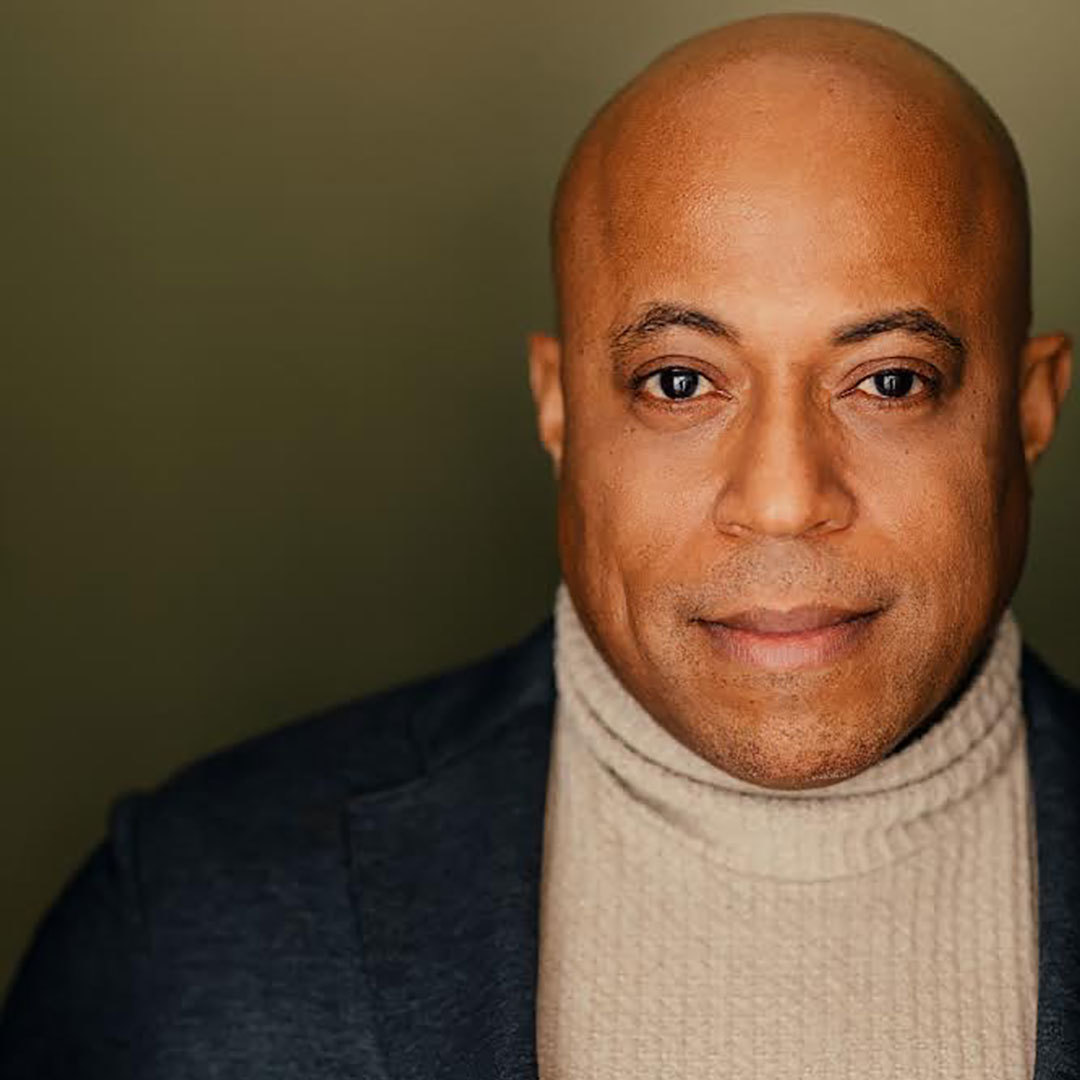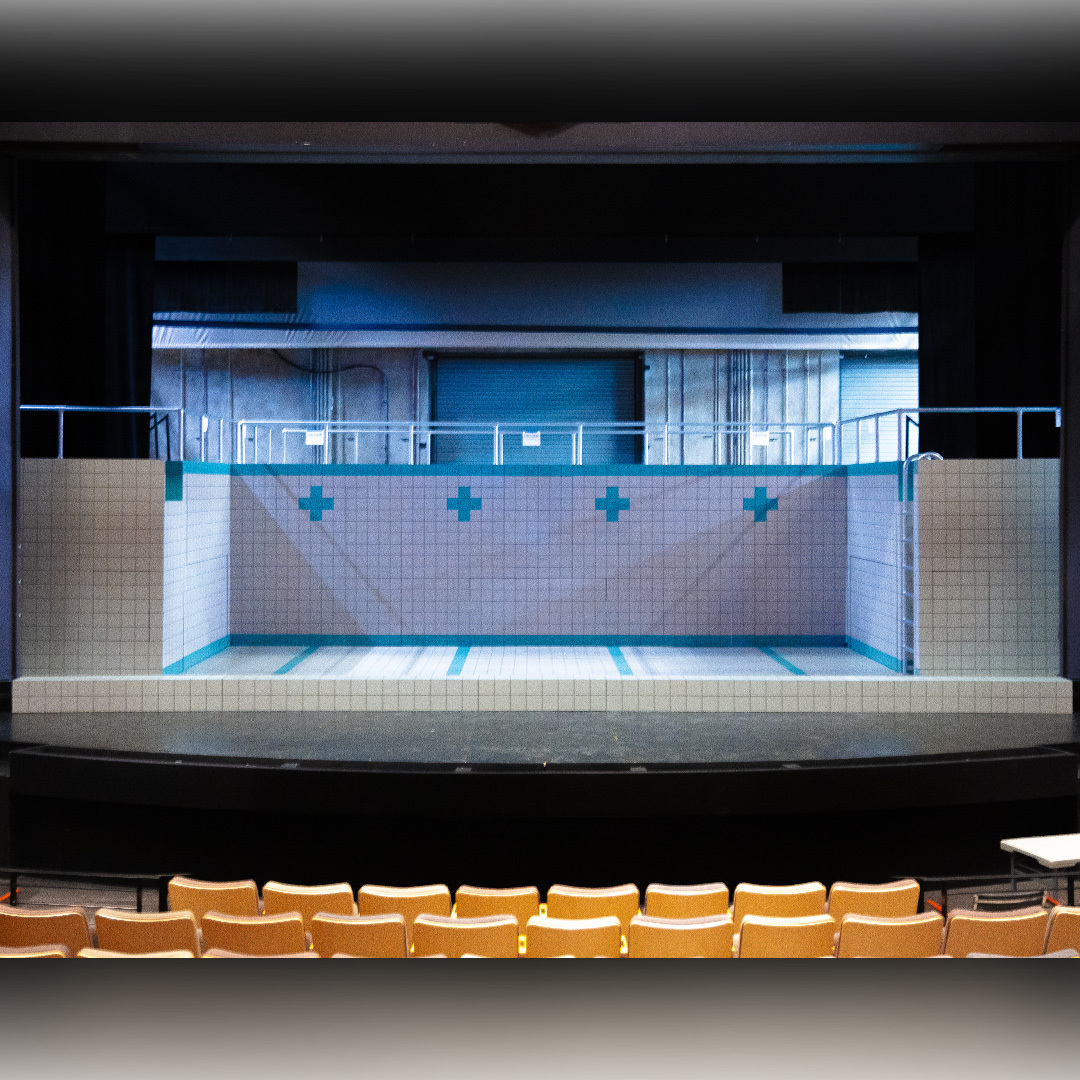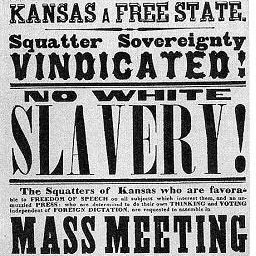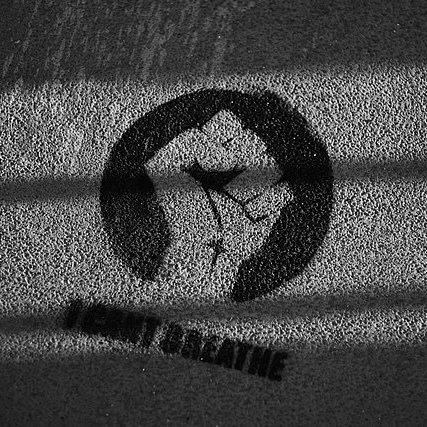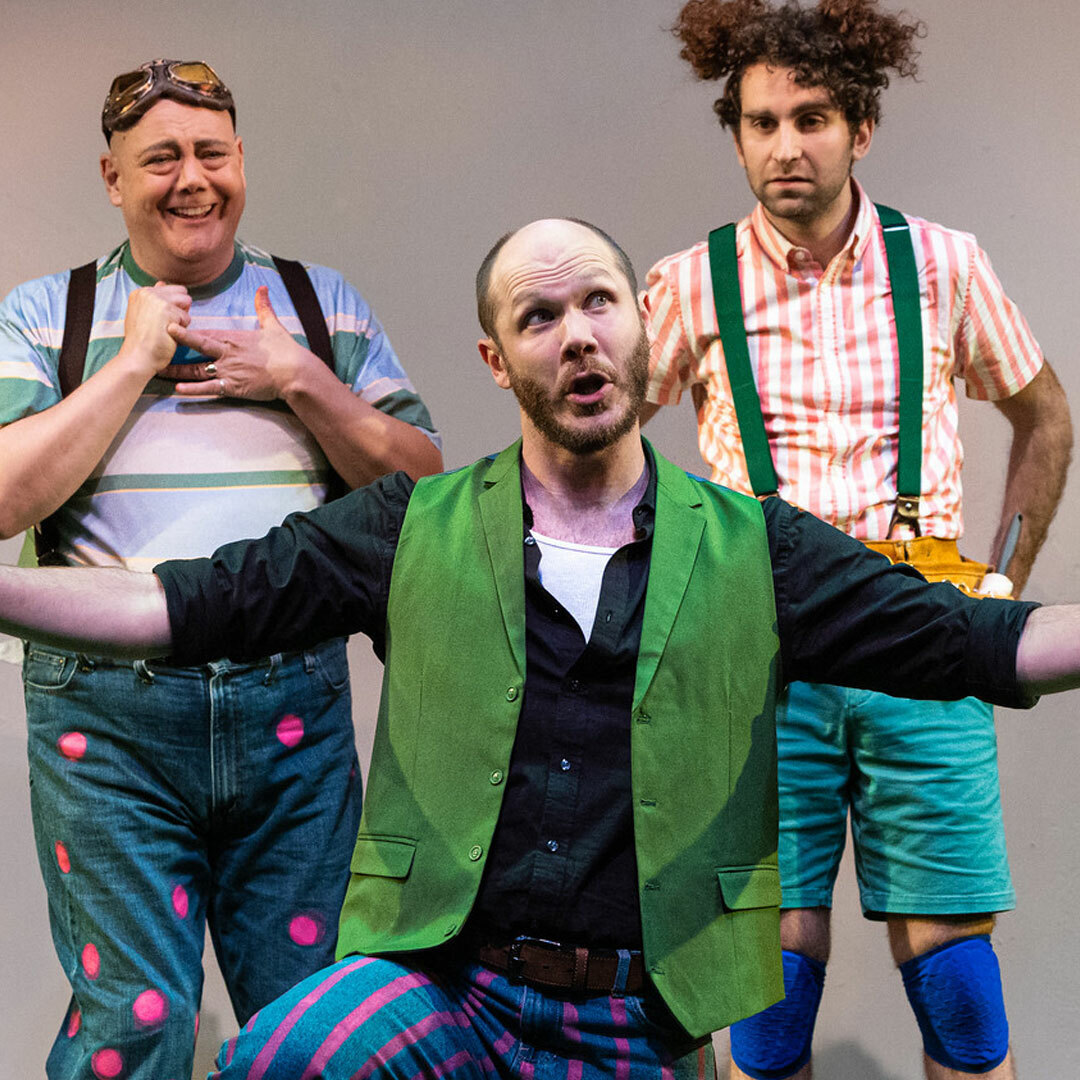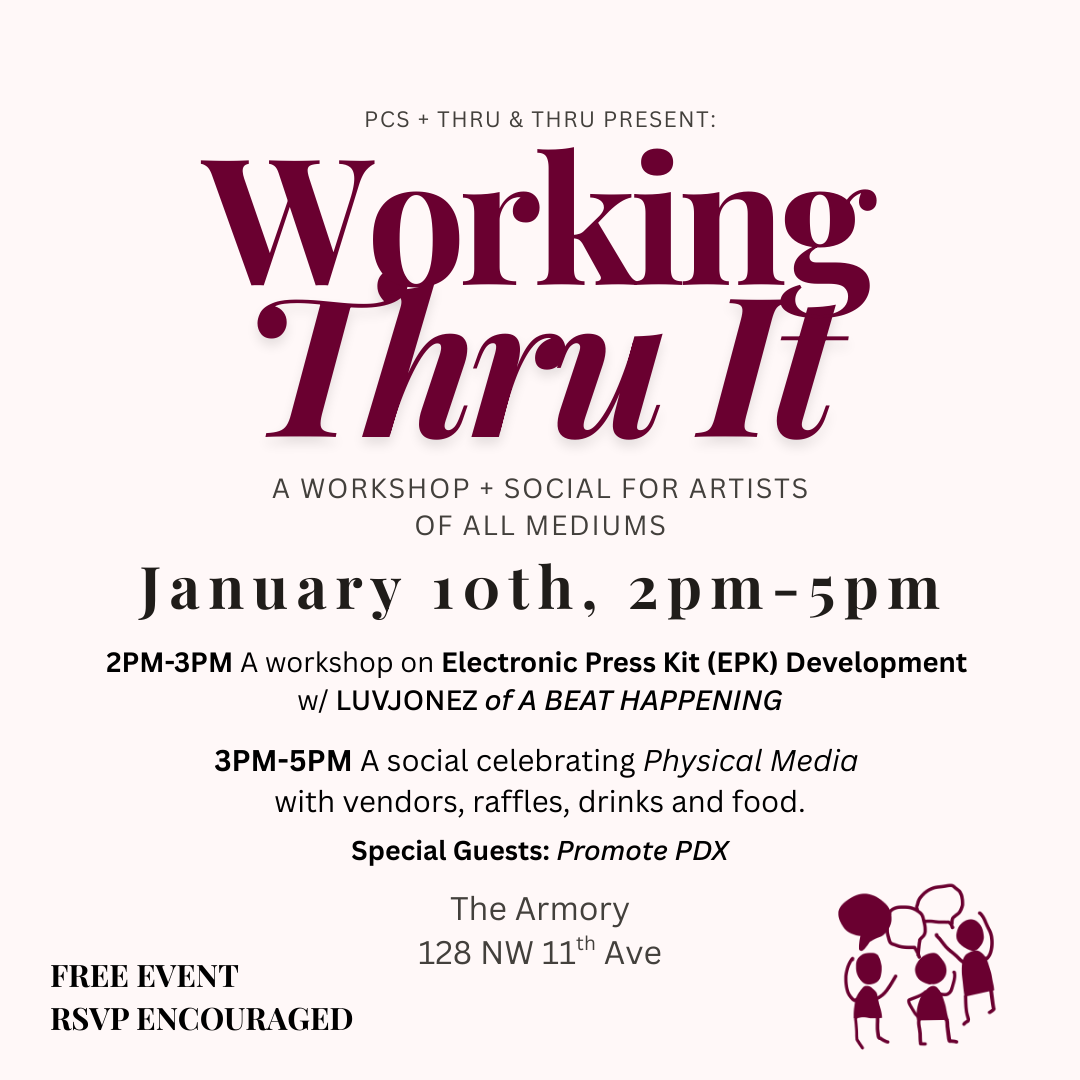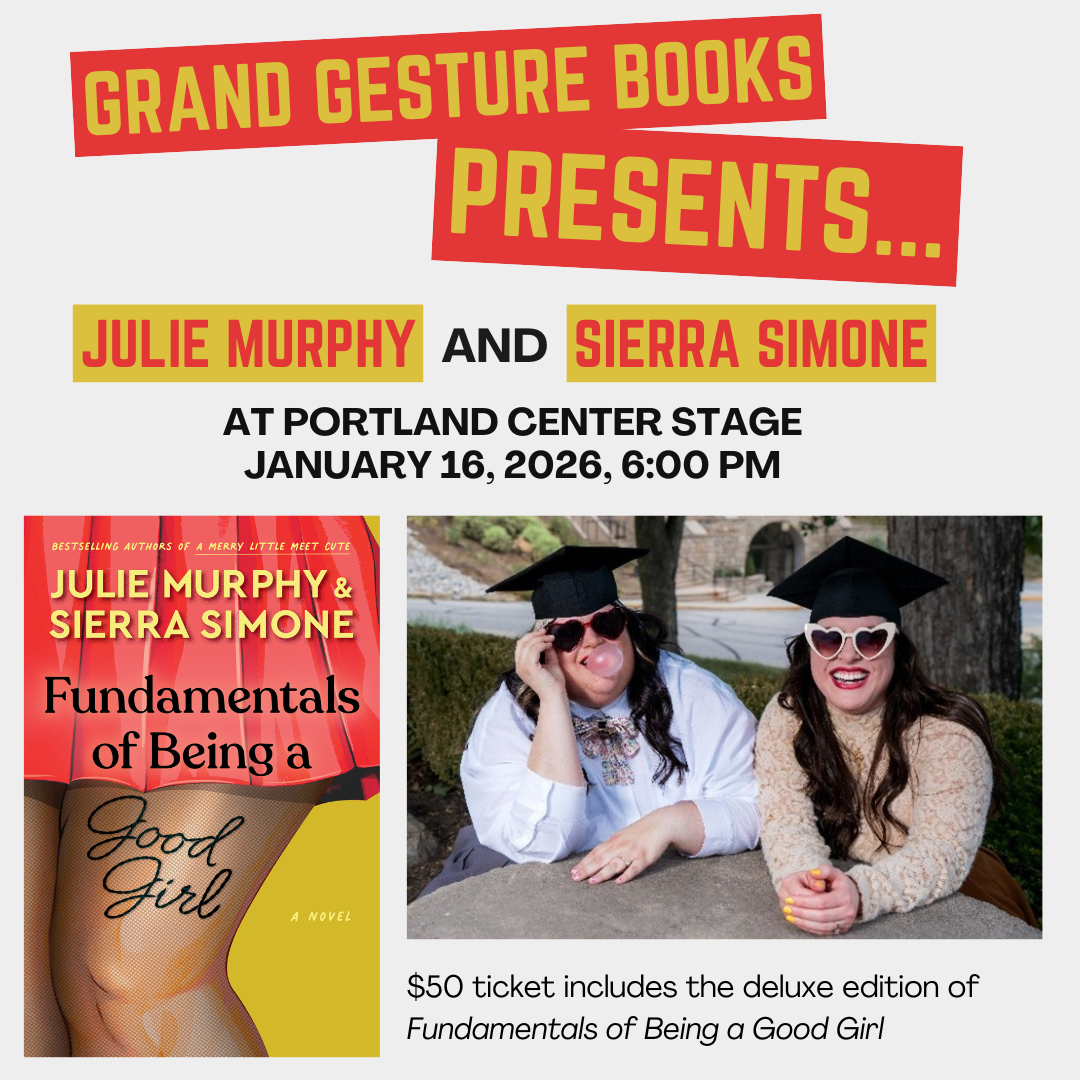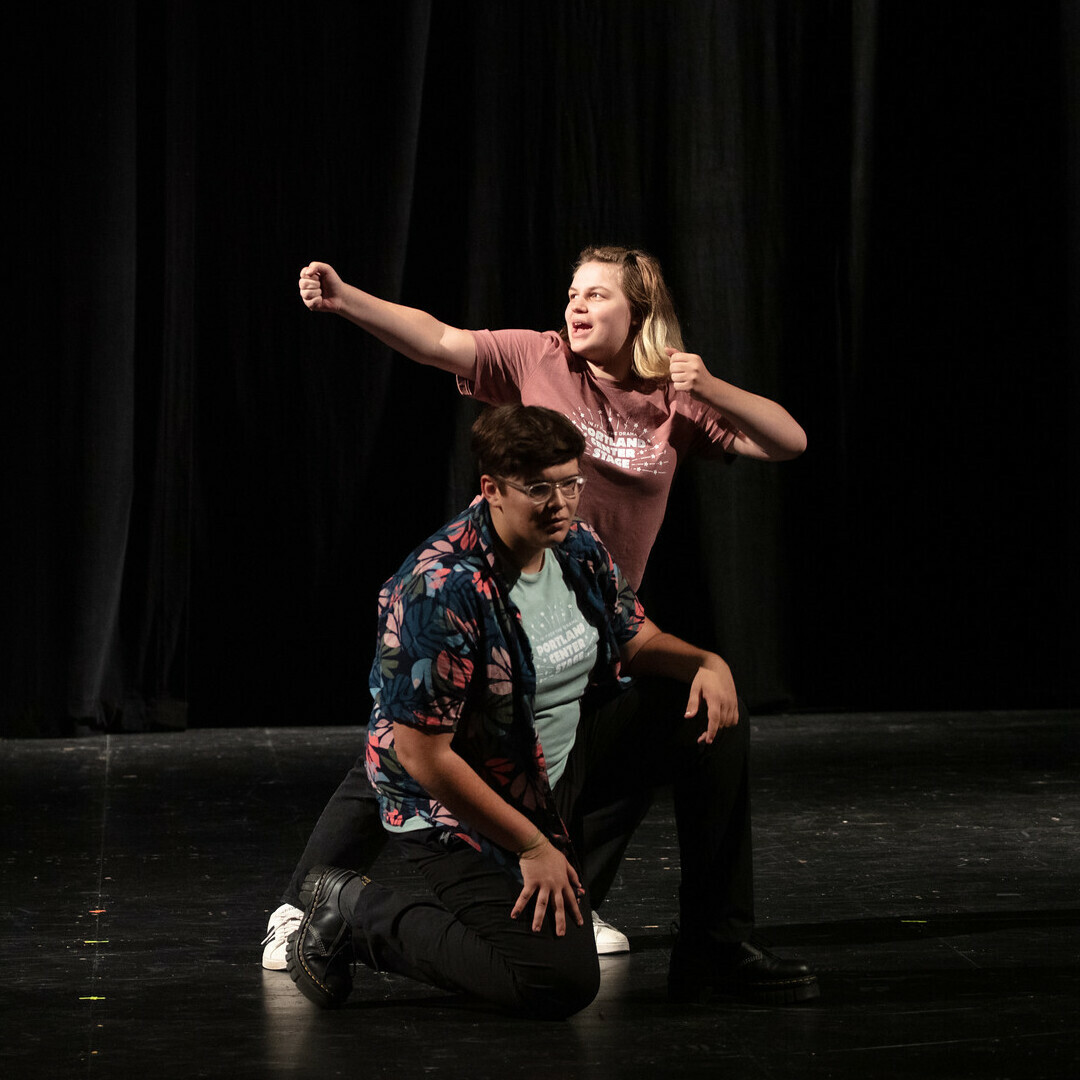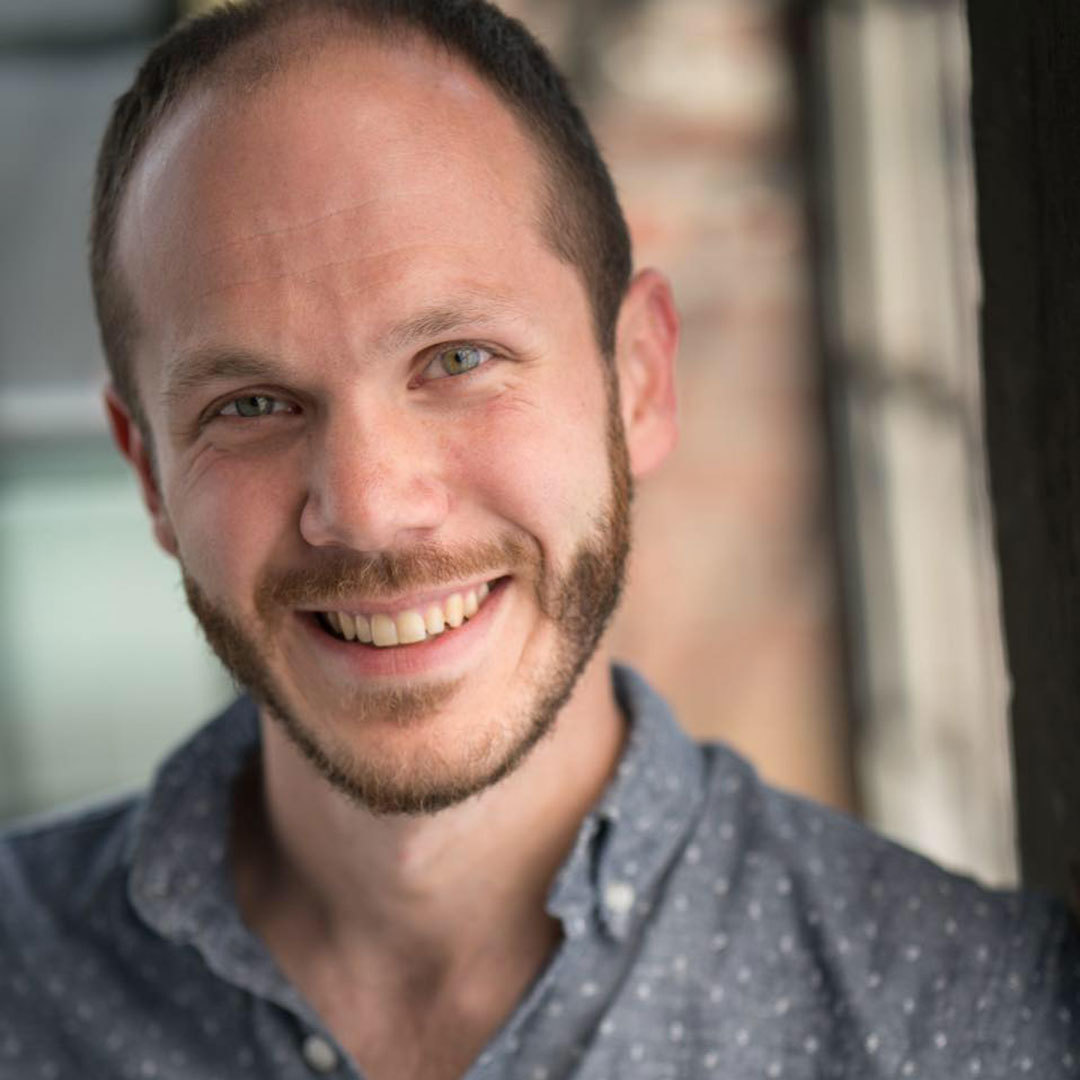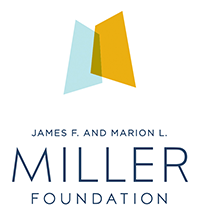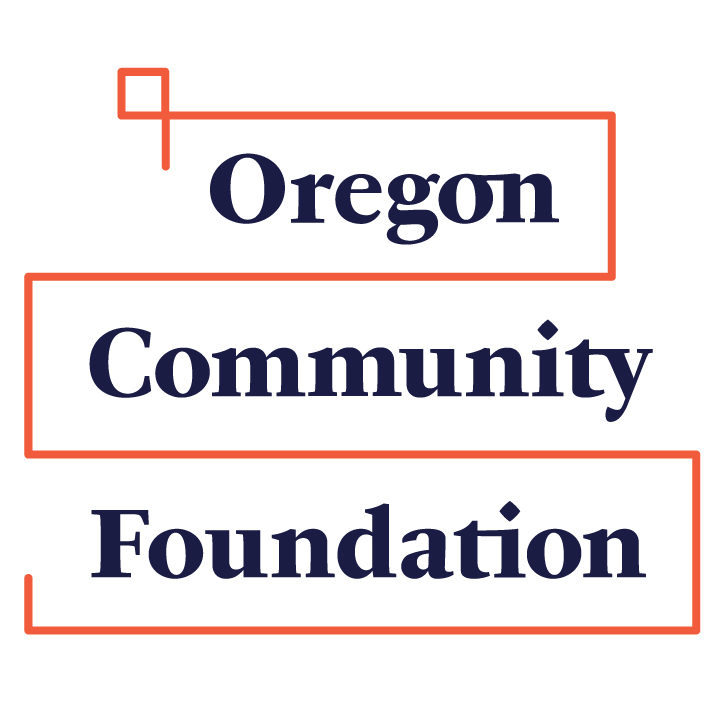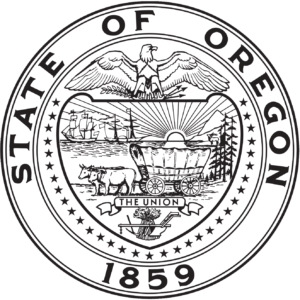Rodney King, the L.A. Riots, and the Aftermath
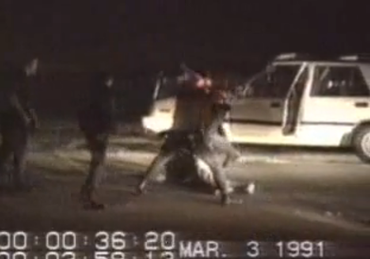
The Incident
In the early morning of March 3, 1991, Rodney Glen King, Bryant Allen, and Freddie Helms were driving on the 210 Freeway in Los Angeles. Rodney, who had been drinking, was speeding and California Highway Patrolmen Tim and Melanie Singer (who happened to be husband and wife) pursued the Hyundai Excel. Afraid because a DUI charge would cause him to be in parole violation, King led police on an eight mile chase – reaching speeds of 117 mph before being cornered. By the time the car was stopped, at least three other police cars and a helicopter had joined in the chase. All three passengers were ordered out of the car, and while Allen and Helms complied immediately, they were still beaten. King waited to emerge from the car and when he did, officer reports say that he laughed at them and grabbed his butt – a gesture which they took to mean he was drawing a weapon. The officers on the scene also reported that they suspected that King was on PCP or some other psychotropic drug. He tested negative for drugs and was completely unarmed. Four officers— Laurence Powell, Timothy Wind, Theordore Briseno, and Rolando Solano — were ordered by Sergeant Stacey Koon [pictured below] to “swarm” and subdue King.
In a home nearby, George Holliday was awakened by the sounds of the encounter and began filming. Officers say that King resisted arrests, though King and witnesses all deny this. Koons tased King, Powell began striking him with his baton, and other officers moved in. Video shows at least 53 baton “power strikes” and several kicks by the group of now eight officers. Finally, King was handcuffed, then dragged a few feet off the street to await medical attention. King Suffered fractured facial bone, a broken right ankle, broken teeth, and permanent neurological damage. The next day, George Holliday gave his video to the news and officials at KTLA aired it that night. A resulting poll measured that 92% of people believed the officers acted with excessive force.
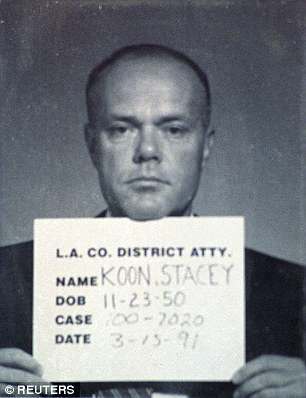
The Trial
Just a little over a week later, four of the officers, Koon, Powell, Wind, and Briseno, were charged with assault and use of excessive force. Powell and Koon were also charged with filing false reports. The other officers were “disciplined” but not charged, and King was not charged with any crimes. The racial nature of the officer’s crimes (a group of white officers attacking an unarmed Black man) was underscored by several things. Firstly, King would testify for the Grand Jury that he heard one of the officers say “I’m going to kill you nigger.” Secondly, earlier the same night, Officer Powell described another disturbance involving Black people as “Gorillas in the Mist.” Lastly, hospital personnel testified to witnessing officers bragging about the beating they’d given King. Los Angeles Mayor Tom Bradley said, "There appears to be a dangerous trend of racially motivated incidents running through at least some segments of the Police Department."
Due to the reaction of the public, the trial was moved out of Los Angeles to Simi Valley in hopes that the jury would be less biased. The assembled jury was composed of ten white people, one bi-racial person, one Latine person, and one Asian person. The trial began early March 1992 and lasted until April 29, where after a week of deliberations the jury acquitted all four officers on almost all the charges (they were deadlocked on one count of assault against Powell).
The Riots
Mayor Bradley stood outside the courthouse that day and said to the press “Today, the jury told the world that what we all saw with our own eyes was not a crime.” A lot of the public shared his anger and took to the streets. Just an hour after the verdict came down, a group of Black teenagers went into the Pay-Less Liquor & Deli on Florence Avenue. They took several bottles of liquor, and when the owner David Lee tried to stop them, he was hit in the head with a bottle. “This is for Rodney King!” one of the boys said. Soon, hundreds of people followed suit. Cars were beaten with baseball bats, stores raided, streets blocked, fires were set. Truck driver Reginald Denny was pulled from his rig and jumped by a group of protesters. Witnesses said that on that first night, most of the cops on the scene did nothing. Terri Barnett, who helped save Reginald Denny’s life, said “They [the police] saw us. They looked right through us.” It would come out later that Police Chief, Darryl Gates, ordered his force to retreat and eventually to not respond at all to 911 calls of rioting and looting. George H.W. Bush issued a statement saying that the verdict “has left us all with a deep sense of personal frustration and anguish.”
Around 9 PM, Mayor Bradley declared a State of Emergency, and Governor Pete Wilson deployed the National Guard. The rioting lasted five days, killing at least fifty people, ten of those deaths being at the hands of police. 2,000 people were injured, and upwards of 6,000 people were arrested. Of those arrested, 36% were Black and 51% Latine. There was nearly $1 billion in property damage citywide, and 2,000 Korean owned businesses were destroyed.
On day three of the riots, the man at the center of all the unrest, Rodney King, gave a press conference. Later family members would say that he felt pressured to speak by the city leaders and that he’d rather have stayed out of the whole thing but he uttered a now infamous phrase: “Can’t we all just get along?”
The Aftermath
Mayor Bradley created the Christopher Commission in the days following King’s beating in 1991. The aim was to conduct “a full and fair examination of the structure and operation of the LAPD.” This commission only substantiated 2% of the excessive force claims that it investigated.
On June 28, 1992, Chief Darryl Gates retired from the LAPD after 43 years.
Though acquitted of the criminal charges, the four officers were later charged by the United States Department of Justice for violating Rodney King’s civil rights. The second trial began on February 25, 1993. Powell and Koon were convicted and each sentenced to 30 months in prison. Wind and Briseno were again acquitted but both were fired from the LAPD.
George Holliday, the man who filmed King’s assault, was never compensated for his footage and worked as a plumber until his death in September 2021.
On August 3, 1994, Rodney King was granted $3.8 million by the City of Los Angeles for medical bills, as well as pain and suffering. In the years that followed, King continued to have run-ins with the law. He would say in 2012 that he had been arrested perhaps twelve times since 1992. Later that same year, at age 47, King was found dead from an accidental drowning at his home swimming pool, just months after releasing his memoir, The Riot Within.
Portland Center Stage is committed to identifying & interrupting instances of racism & all forms of oppression, through the principles of inclusion, diversity, equity, & accessibility (IDEA).


